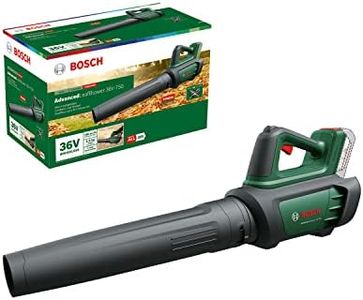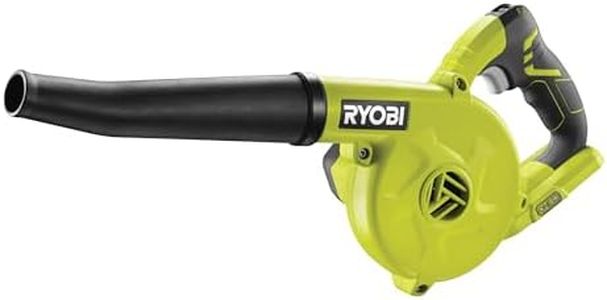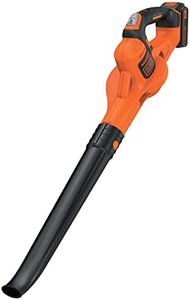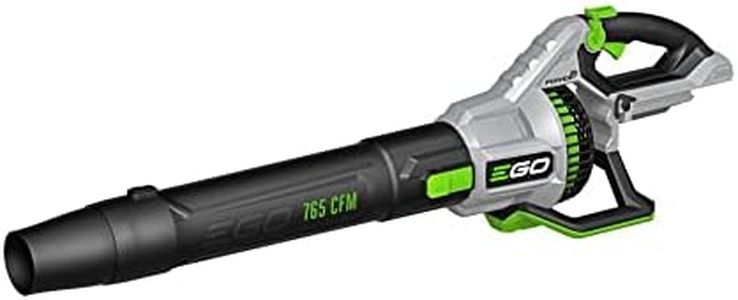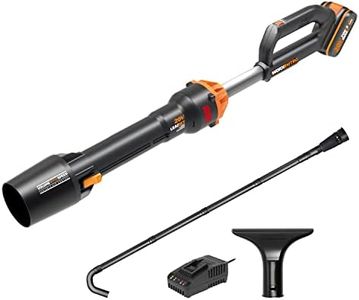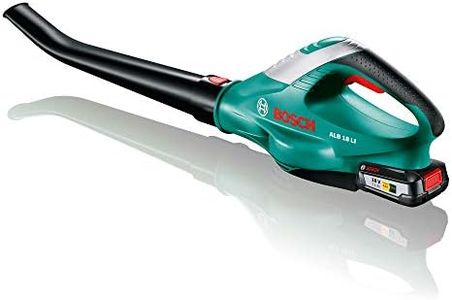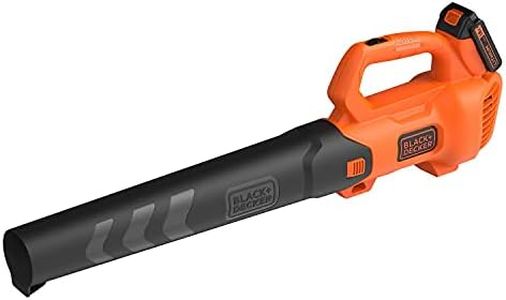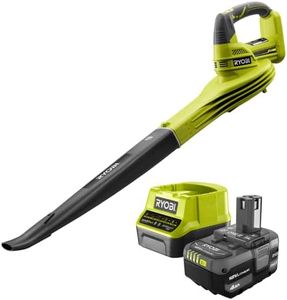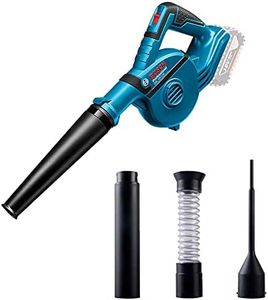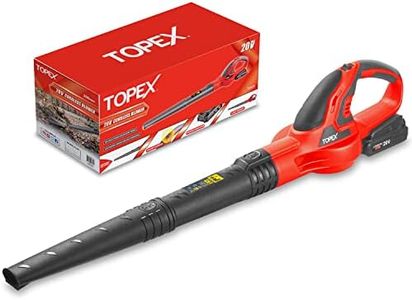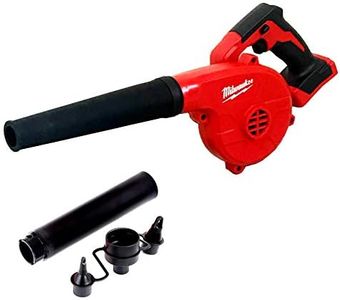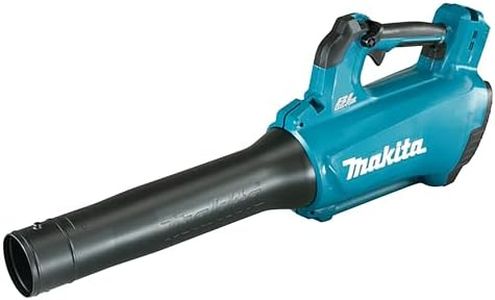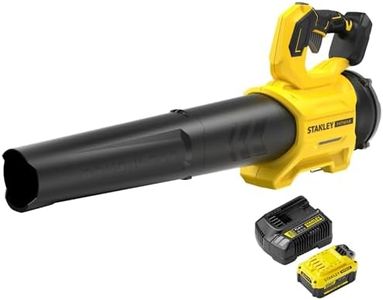We Use CookiesWe use cookies to enhance the security, performance,
functionality and for analytical and promotional activities. By continuing to browse this site you
are agreeing to our privacy policy
10 Best Cordless Blowers
From leading brands and best sellers available on the web.Buying Guide for the Best Cordless Blowers
Choosing a cordless blower can really improve your outdoor cleaning experience, making it easier to clear leaves, debris, or grass clippings without being tethered to a cord. The key is to match the blower to your yard’s size, the debris you’ll be tackling, and the kind of use you anticipate. Focus on the essential specifications, as each one affects power, convenience, and overall usability. Always consider your own comfort, physical strength, and how long you typically need to use the tool in one session.Battery Voltage and CapacityBattery voltage, often measured in volts (V), and battery capacity, indicated in ampere-hours (Ah), tell you how much power and run time you can expect from the blower. Higher voltages and capacities generally mean stronger blowing power and longer working times, but these also tend to make the tool heavier. Light-duty users with small areas or occasional needs may do well with lower voltage models, while larger properties or heavy-duty use will benefit from higher values. Pick according to the size of your yard and how much continuous work you plan to do between charges.
Air Speed (MPH or KPH)Air speed describes how fast the air comes out of the blower, usually given in miles per hour (MPH) or kilometers per hour (KPH). Faster air speed helps move heavier or wet debris, but extremely high speeds can be harder to control and may scatter debris too widely in tight spaces. For casual jobs like clearing dry leaves, a moderate air speed is enough; for tougher tasks like cleaning wet leaves or gravel, go for higher air speeds. Your typical job type and outdoor conditions guide this choice.
Air Volume (CFM)Air volume, measured in cubic feet per minute (CFM), shows how much air is blown out in a minute and helps determine how efficiently you can clear an area. High CFM allows you to move more debris in one pass, which is helpful for wide areas, while low CFM is sufficient for smaller, precise clean-ups. Match the CFM to your yard’s size and the kind of debris you need to move: bigger yards benefit from higher CFM for speed and efficiency.
Weight and ErgonomicsThe total weight and handle design of a cordless blower affect how comfortable it is to use, especially during longer sessions. Heavier blowers may offer more power but are tiring to hold, while lighter ones are easier to manage for extended periods. Ergonomic handles, padded grips, and well-balanced designs minimize fatigue. Think about your own strength and how long you'll be using it at a time to select a blower you can handle comfortably.
Noise LevelCordless blowers can still be noisy even without a gas engine. Noise is usually measured in decibels (dB). Lower dB ratings are better for residential areas, reducing disturbance to neighbors and your ears. If you live in a noise-sensitive area or prefer a quieter tool, choose blowers labelled with lower noise levels.
Charge Time and Battery CompatibilityCharge time tells you how long it takes to recharge your battery after use, ranging from under an hour to several hours. Fast-charging models help minimize downtime. Some batteries can be swapped with other tools from the same brand, making it easier if you own several cordless yard tools. Consider how frequently you use your blower and whether shared batteries or rapid recharging will benefit your routine.

